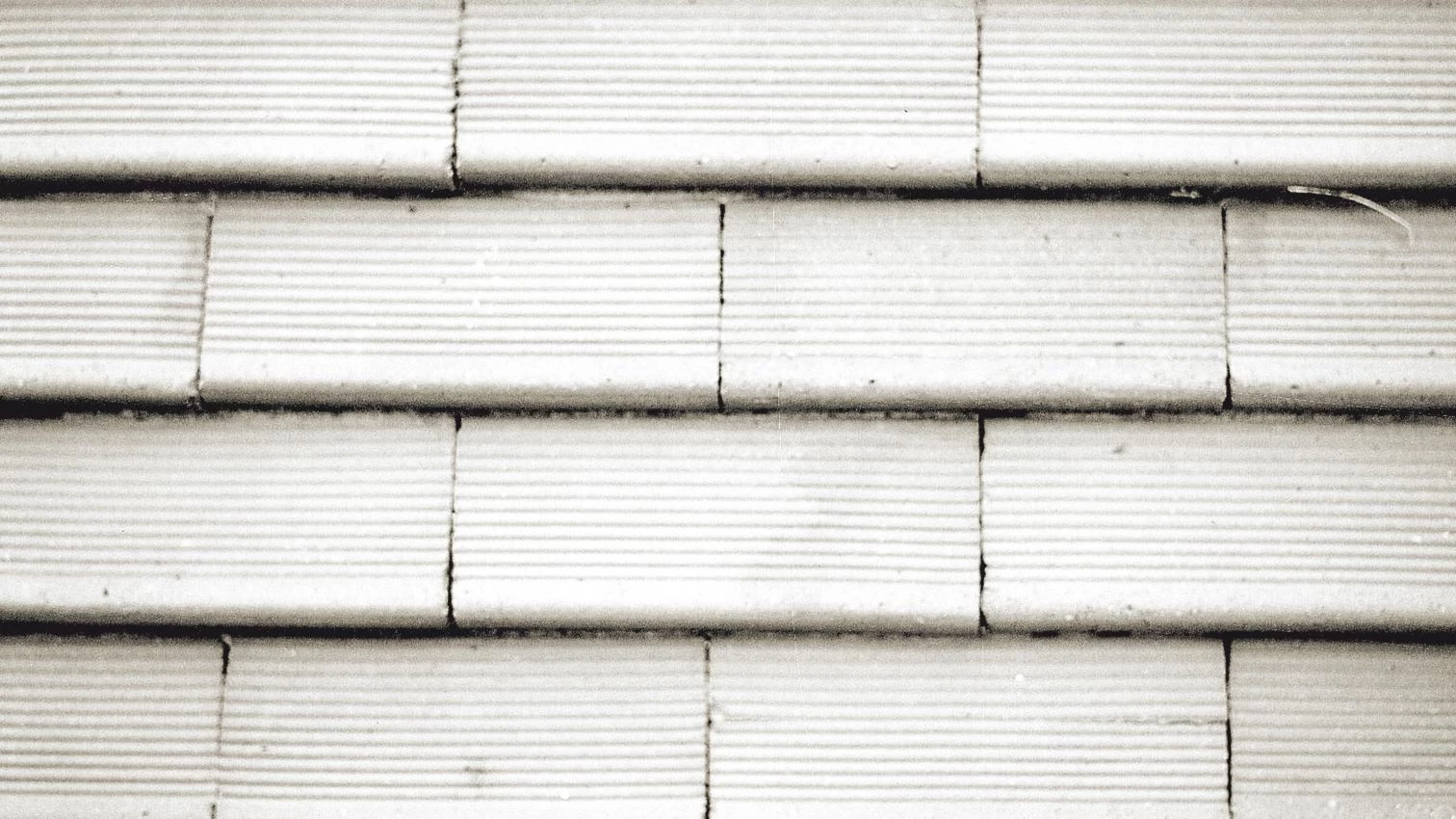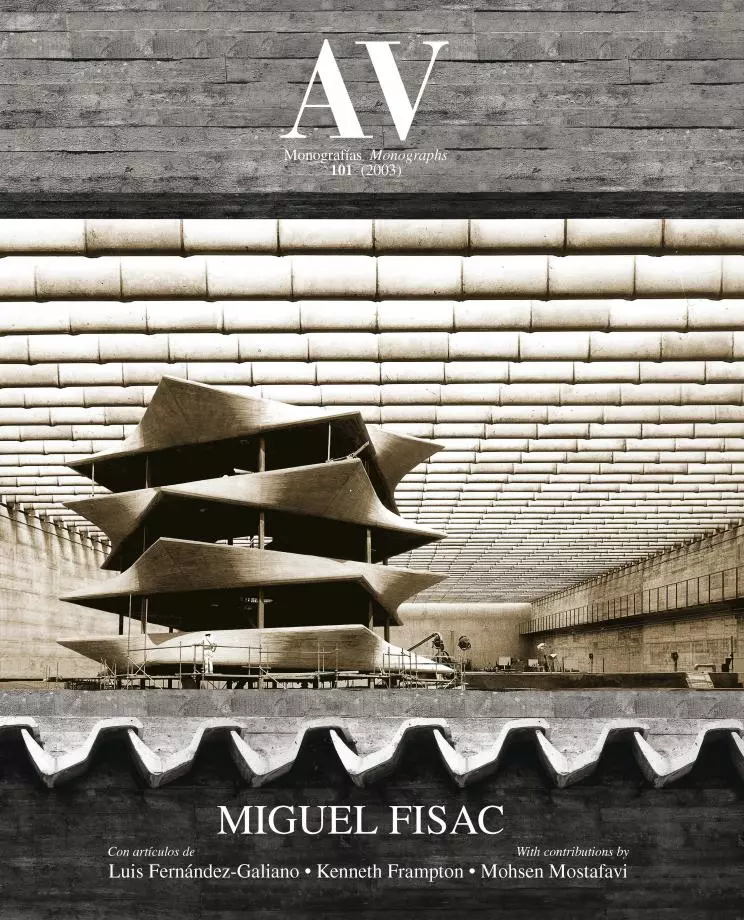A Ceramic Utopia
Rethinking Brick

In the famous photograph of the Madrid studio on number 5 of Villanueva street, a trowel and a section of hollow brick rest as paperweights on the work desk. Taken out of context, these two objects succinctly summarize the role of brick masonry during the first period of Miguel Fisac’s professional career, which goes all the way from the classicist rigor of the chapel of the Espíritu Santo in Madrid to the organic easiness of the Theological Center of the Dominican Fathers of Alcobendas. The isolation after the Civil War obstructed the supply of technically elaborate materials and Spain was rebuilt with the material that earth itself is able to provide, brick by brick. This lack of steel and other industrialized products limited the material repertoire but at the same time favored the existence of labor skilled in this tradition with the capacity to make up for this shortage with custom-made handcrafted solutions, such as the vault with a triple shell of hollow brick which covers the already mentioned chapel in the Colina de los Chopos and the slender solid brick used in the neighboring Daza Valdés National Optics Institute... [+]





